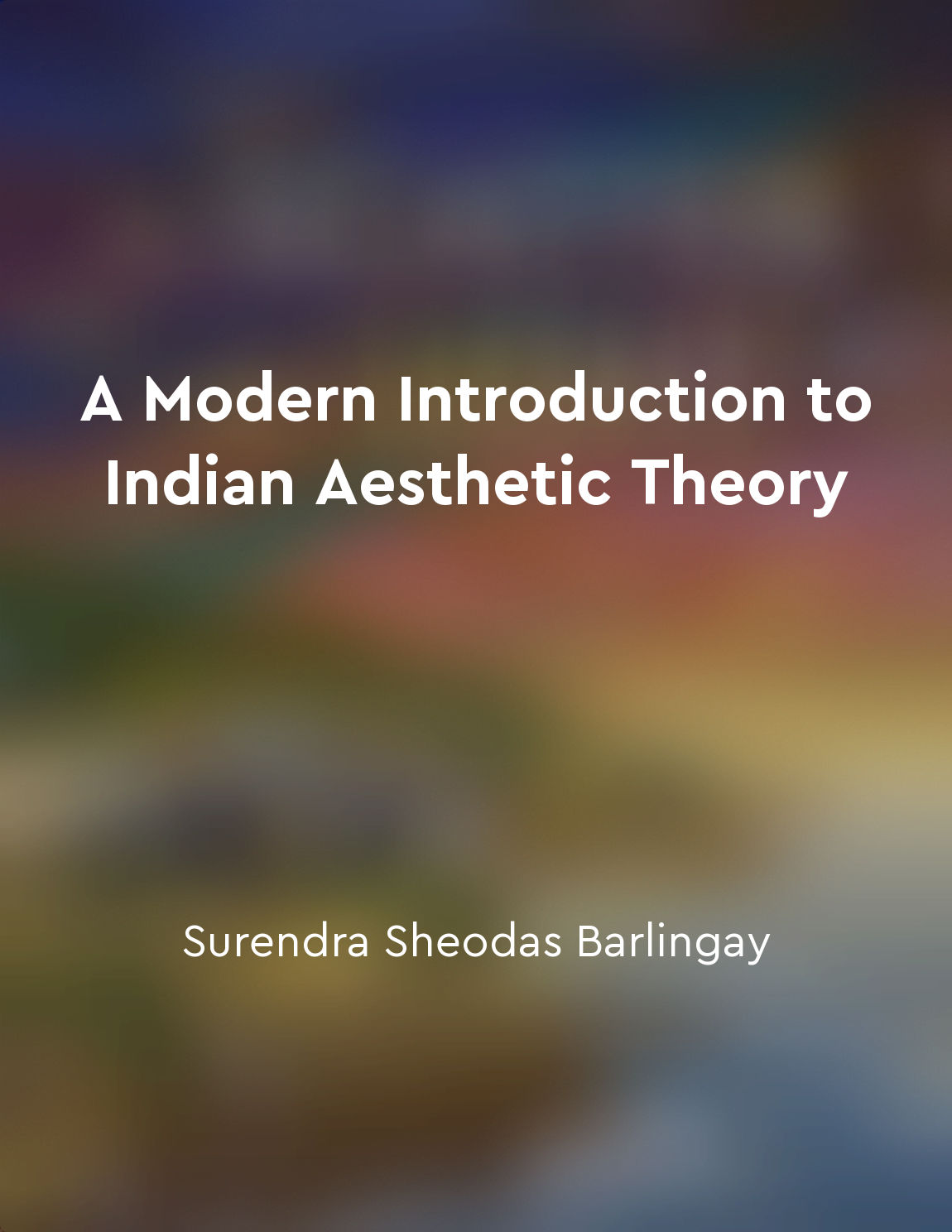The significance of Rasa theory from "summary" of A Modern Introduction to Indian Aesthetic Theory by Surendra Sheodas Barlingay
The Rasa theory holds a prominent place in Indian Aesthetic Theory due to its profound influence on various art forms such as literature, music, dance, and drama. It is a concept that delves deep into the realm of emotions and seeks to evoke specific sentiments in the audience. The significance of Rasa theory lies in its ability to transcend cultural and linguistic barriers, making it a universal concept that resonates with people across different backgrounds. One of the key aspects of Rasa theory is its emphasis on the emotional experience of the audience. By focusing on the aesthetic response of the viewers, the theory highlights the importance of evoking specific emotions such as love, compassion, heroism, and wonder. This emotional resonance plays a crucial role in creating a meaningful and impactful artistic experience for the audience. Furthermore, the Rasa theory provides a framework for understanding and analyzing the various elements that contribute to the overall aesthetic appeal of a work of art. It helps artists and critics alike in evaluating the effectiveness of their creations in eliciting the desired emotional response from the audience. By breaking down the components of a performance or a piece of literature, the theory offers a structured approach to studying the art form. Moreover, the Rasa theory serves as a guiding principle for artists in their creative process. By providing a roadmap for evoking specific emotions, the theory helps creators in crafting their work with a clear intention and purpose. It encourages them to delve deep into the nuances of human emotions and tap into the universal human experience to create art that resonates with the audience on a profound level.- The significance of Rasa theory lies in its ability to provide a comprehensive framework for understanding and appreciating the aesthetic aspects of art. By focusing on the emotional experience of the audience, the theory offers a unique perspective on the power of art to evoke specific sentiments and create a lasting impact on the viewers. It is a concept that continues to shape and influence artistic practices across various disciplines, highlighting the timeless relevance of Indian Aesthetic Theory in the contemporary world.


